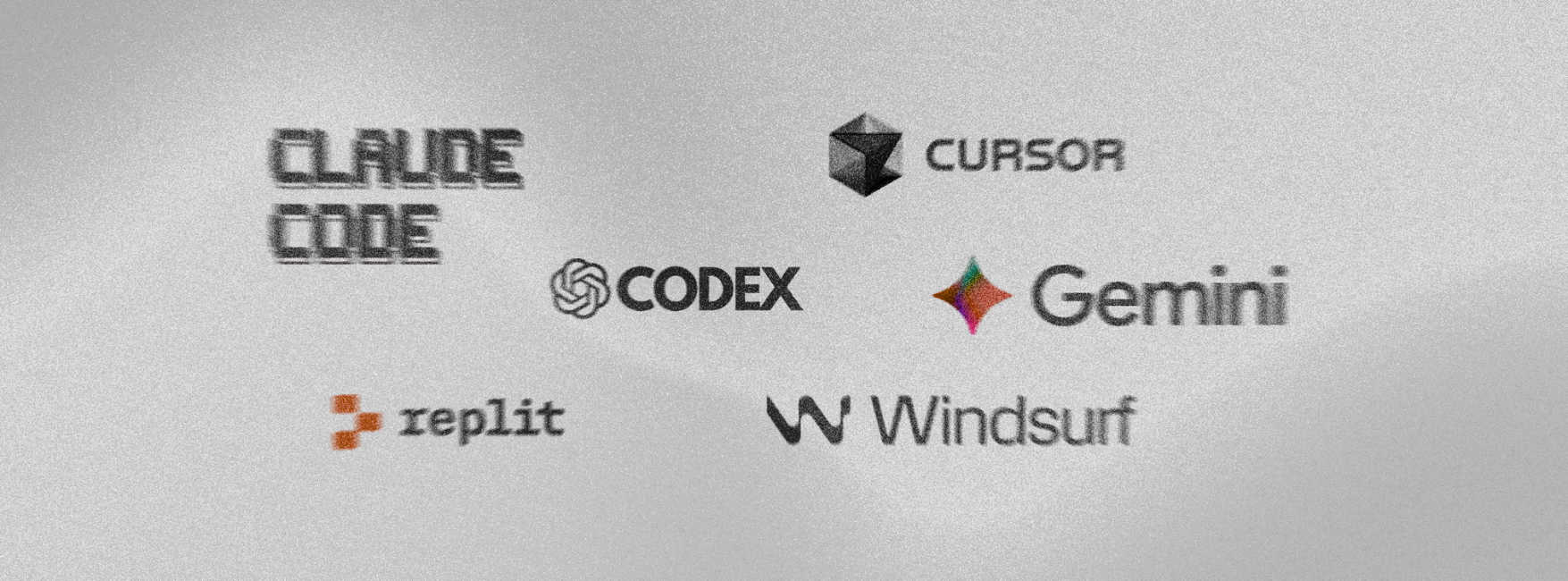When Alex Osborn, a partner at the BBDO advertising agency, was trying to come up with ways to generate ideas, he stumbled on a profound realization. He concluded that traditional meetings were unproductive - and not particularly suitable for generating ideas. He decided to create a game with new rules, and thus the popular concept of the brainstorming session was born.
He explained the concept in his book "Your Creative Power". In it, he described brainstorming as "using the brain to storm a creative problem and doing so in commando fashion, with each stormer attacking the same objective." He also listed a number of rules: criticism is forbidden, generate as many ideas as you can, and be open to more "unusual" ideas.
Since then, the whole world has adopted brainstorming, from schools to large corporations, but especially by startups that are still defining and designing their business model and product.
Brainstorming meeting - What do you need to start?
A typical brainstorming meeting or activity only calls for 2 things: a bunch of people and a lot of sticky notes. Everyone should participate and everyone should give feedback - otherwise, the game does not work.
But this is where some problems arise. Not everyone is great at brainstorming. For some people, sharing ideas, and communicating in general, is second nature. However, this doesn't apply to those that have more introverted personalities. According to Professor Dario Nardi of UCLA, "introverts spend more time processing data and can easily be overstimulated, while extroverts don't spend too much time processing data and are often understimulated."
Though it is a common stereotype that people that work in tech tend to be more introverted, there is some truth to this misconception. According to this study, 54% of IT professionals were profiled as introverts. Perhaps that number is not as high as you expected it to be, but still, it is twice as high as in retail professionals.
So, especially in a tech company, the odds of having introverts in your team are quite high. As a leader, you need to be watchful and adjust the traditional approach to brainstorming. Every idea matters and the process should encourage every member to express their thoughts.
Here are some tips on how to make a brainstorming session easier for introverts:
1. Announce the session a few days earlier
Knowing that introverts need more time to process data, giving them more time to prepare is a logical thing to do. This way, they'll have more time to research the topic and think of ideas that they would present during the brainstorming session. Introverts think best when they are alone. So, they would appreciate you giving them the time and space to do so.
Another reason why you should announce the brainstorming session ahead is that introverts value their time. They usually have a clear plan about the following day and know what they'll put their energy into. A meeting with many people requires a lot of energy from them, so the best thing to do is to give them time to prepare. It would also be useful if you could provide materials that could help them prepare to offer their opinion.
2. Loosen up the rules
Don't make the brainstorming session a classical meeting with a strict start and end hour. Introducing time constraints is good, but they shouldn't be strict, and the meeting should not be shorter than 45 minutes. Introverts often need to wait their turn to speak, and that means that there should be enough time for both sides to express their thoughts.
On the other hand, you should never force anyone to stay something if they don't want to. You can only try to encourage them by saying it's their turn. But, respect their decision if they say they'd rather stay quiet. Create a relaxed atmosphere that encourages freedom of speech and movement.
3. Leave space for later
Don't bring the definitive decision on the meeting itself. Leave at least a day for employees who might want to, to add something. Introverts will have more time to process all the information they received at the brainstorming session. They will use it to come up with a more thorough idea than they did at the meeting.
Leaving space on the whiteboard is also a good idea. This way, introverts, or anyone else, could enter the meeting room and add something more they remembered after the session. Have a follow-up session, ideally the next day, when the dust has settled and everyone has had the time to clear their filter and come to a decision together.
4. Respect every idea at a brainstorming session
At a brainstorming session, there are no bad ideas. Write down every idea, no matter who said it, and don't express your opinion about it. As a leader, it is important to control your reactions of favoritism toward any one idea. Especially if there are introverts in the room.
Every idea should be respected and considered and everyone in the room should feel heard. A negative attitude towards just one idea can discourage many people from expressing their opinion ever again. Also, it's best not to attach a name to any of the ideas. The brainstorming session should be treated as a team effort and no one should feel invaluable because their idea didn't get chosen.
Every mind is mine, and some ideas are a true treasure. And, even though brainstorming isn't easy for everyone, it is the most effective way of generating ideas and including everyone in the team. By applying these simple 4 tips, you can make sure no one is left out. Bring out all the rocks, from all the mines, and only then you will be able to see how much treasure you really have.







.svg)